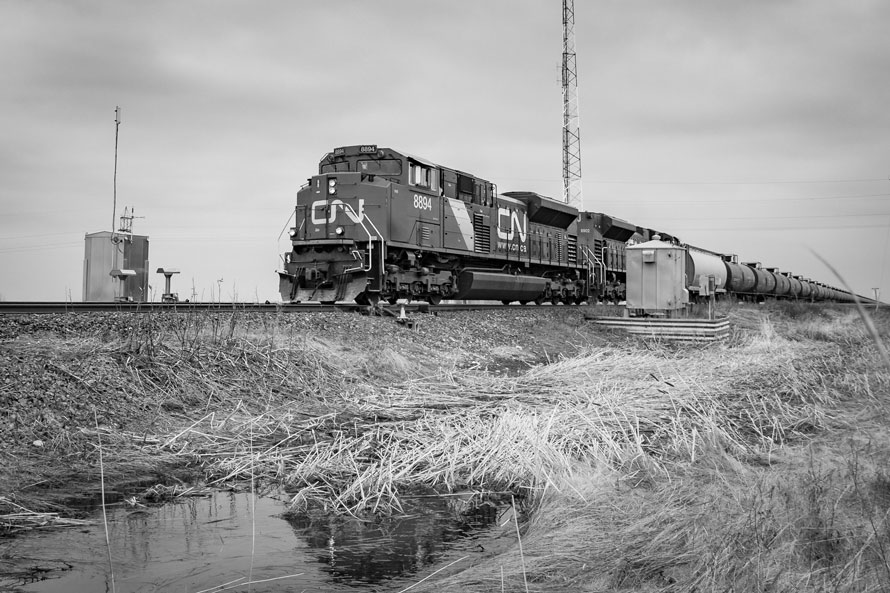
Railfans have been around for a long time—perhaps as long as there have been trains. Even before early railfan photographers like Lucius Beebe and Charles Clegg, no doubt there were people who observed train movements and took notes.
Today’s railfans are generally a sophisticated lot, tapping online forums and Facebook groups, listening to radio scanners and watching rail cams, exchanging emails and text messages and tracking every “special” locomotive and railcar.
However, they have nothing on the robot railfans, employed by the railways to keep a close eye on their trains. These tireless observers watch the trains, day and night, through sunshine and sleet, looking for trouble and reporting on it. With far fewer people trackside these days to give visual inspections, these devices are the last line of defence against defects and derailments.
With infrared eyes, UHF ears, and impact sensing nerves, the robot railfan counts, measures, and reports. They are the guardians of the rails, doing their best to find problems before they become derailments or disasters.
The four primary types of robot railfans are hotbox detectors, AEI readers, dragging equipment detectors and wheel impact load detectors.
Hotbox Detectors
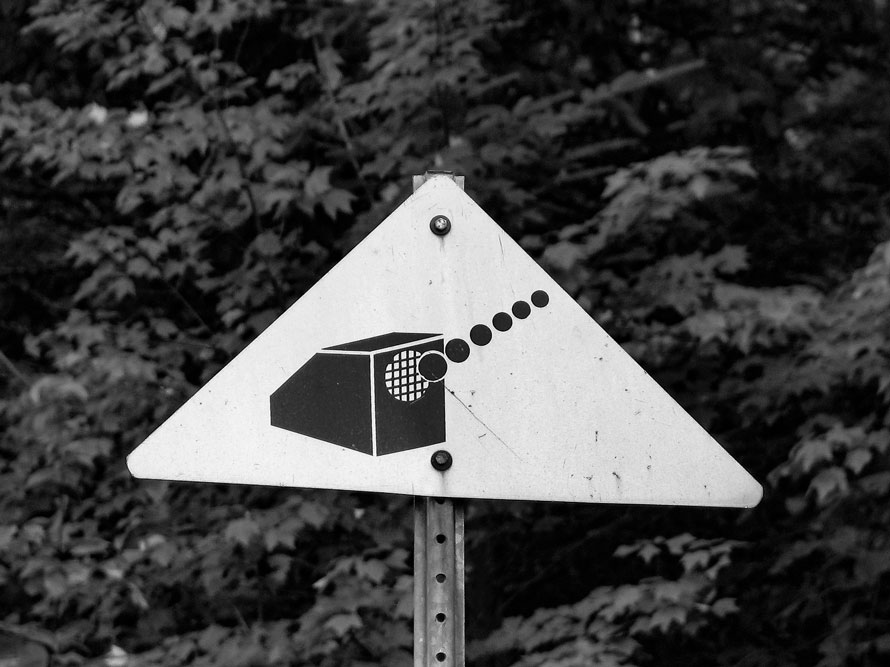
Since the beginning of train travel, “hot boxes” have been a problem. The friction bearings of earlier rail wheels could easily run out of lubrication and catch fire, seizing the wheels up and causing a derailment. Initially crews would watch their trains intently, looking for smoke indicating a hotbox. Later the railways introduced hotbox detectors, trackside devices that looked for the heat from a hotbox.
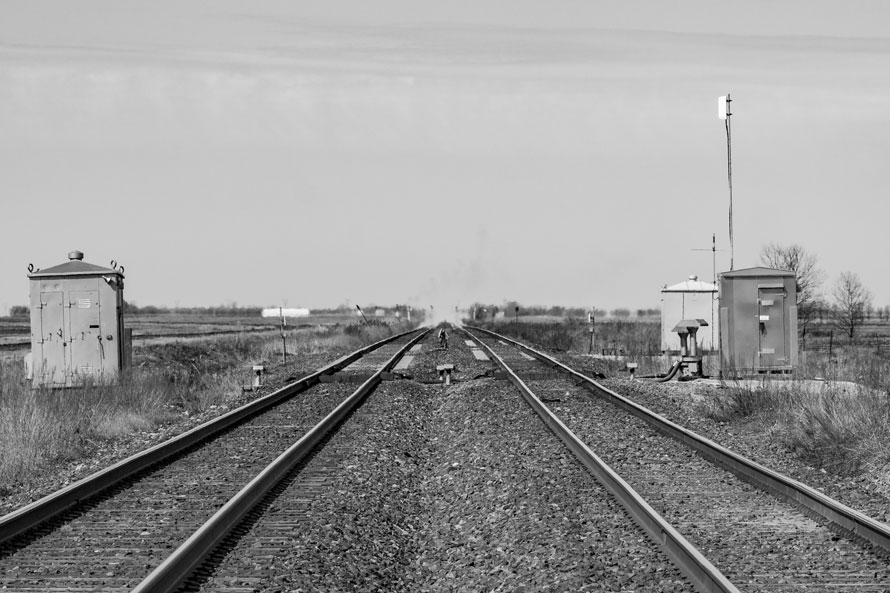
Originally hotbox detectors had large display boards beside them that showed the axle count of the offending axle, starting from the rear of the train, along with lights indicating what side of the train the hotbox was on and whether more than one hotbox was detected. The tail-end crew would have to read the display and inform the engineer so they could stop and take care of the problem.
With the widespread adoption of radio by railways, detectors used radio to broadcast a message to train crews. In many cases these broadcasts are also recorded by central monitoring systems to ensure the warnings are acted upon.

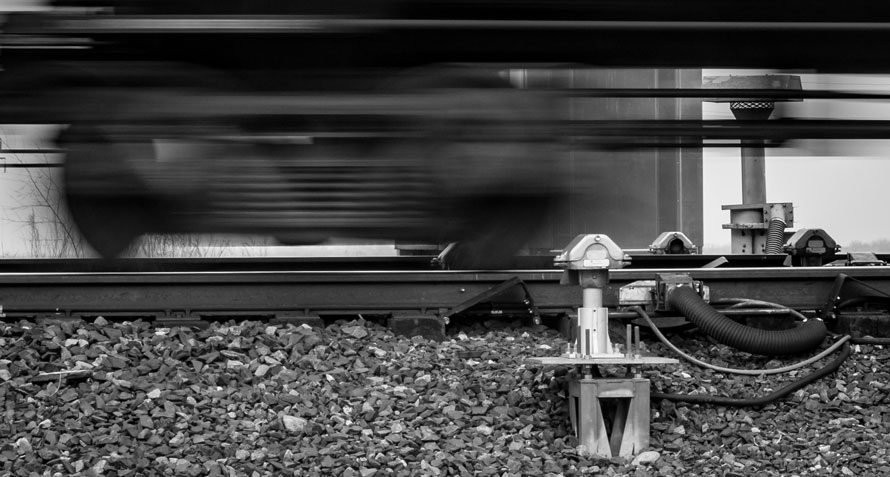
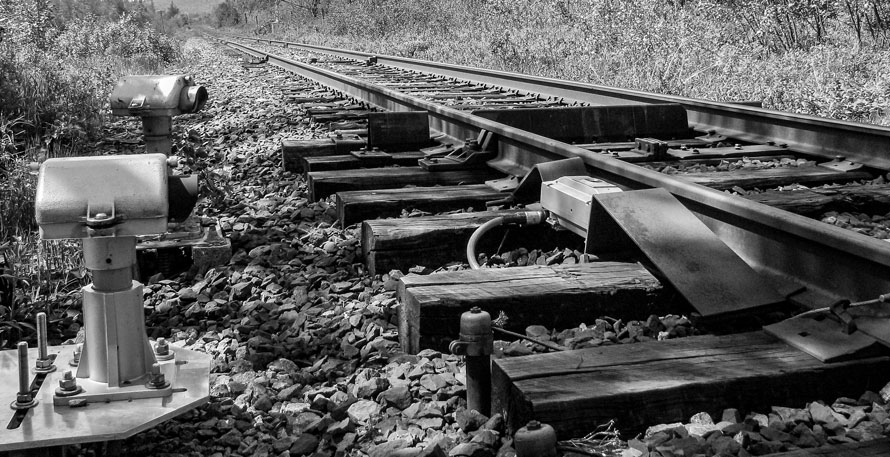
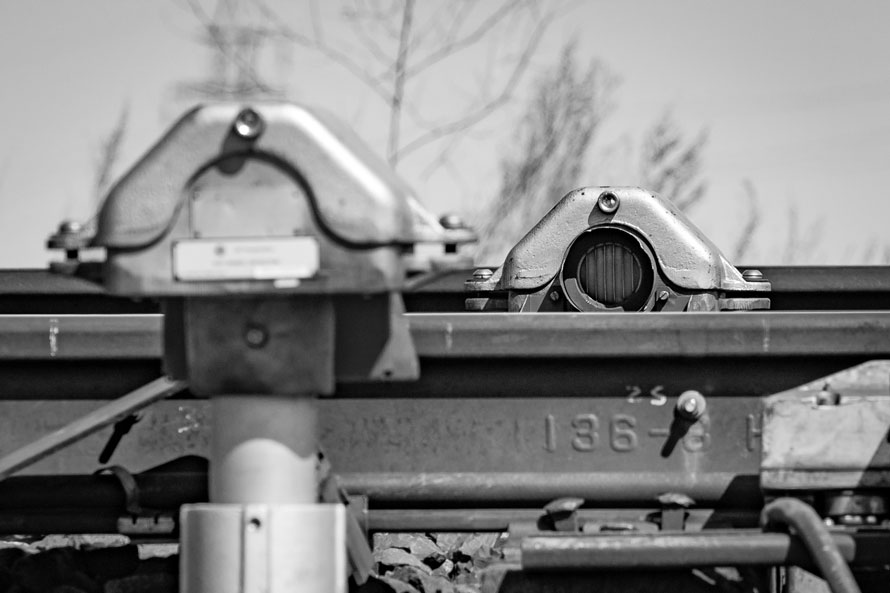
Roller bearings eliminated a lot of hotboxes, but these detectors can also be set off by stuck brakes, so they still have their uses. Unfortunately steam engines almost always set off hotbox detectors due to the heat from the locomotive!
These robot railfans broadcast a variety of phrases, but often they sound like, “CN Detector, mile one zero Rivers Sub, South Track. No Alarms. Speed. 38 miles per hour. Temperature. Minus 19 Celsius.”
AEI Scanners
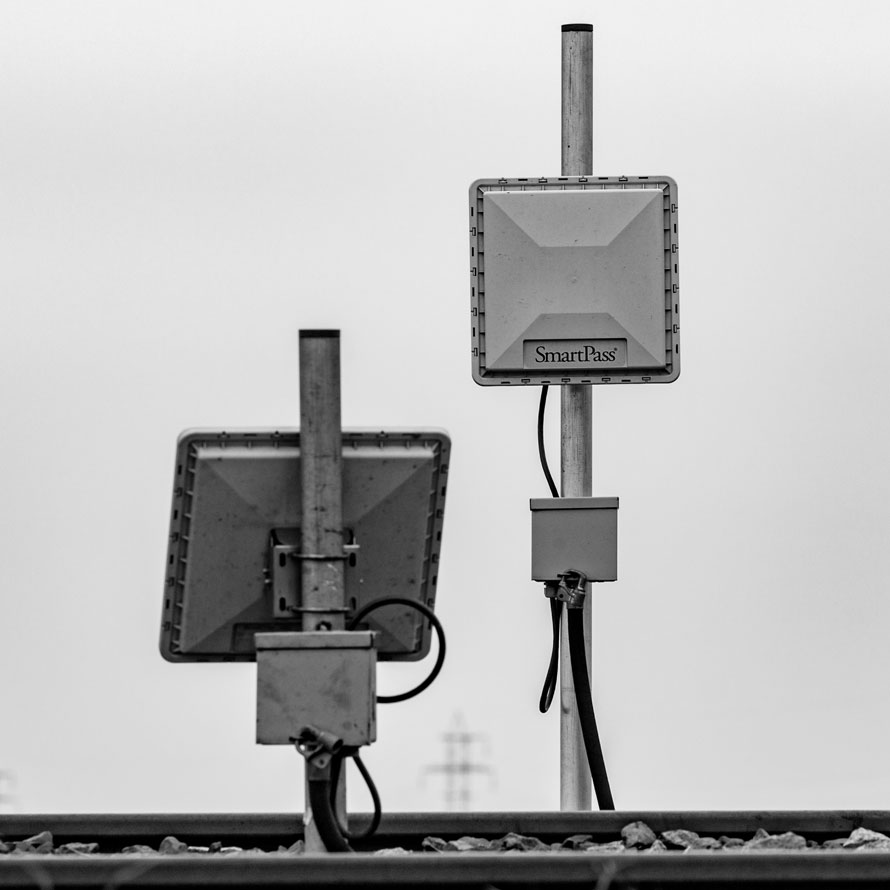
It has always been important to know where each freight car is. Extensive systems were developed to track which car went on what train, but once they left the yard the car’s location was unknown. Railways wanted to automate tracking the locations of their cars.
In the late 1960s the KarTrak ACI (Automatic Car Identification) tags were applied to freight cars. They displayed 13 horizontal lines that contained the equipment owner and car number, along with a start and stop label and a check digit. The labels were not reliable, with up to 20% of cars not being identified correctly. Since it was a visual system, the labels had to be clean and were supposed to be inspected approximately every two years. The program was a failure and was abandoned by 1977.
Following trials by the Burlington Northern, the Association of American Railroads (AAR) adopted a Radio-Frequency Identification (RFID) system developed by Amtech, and mandated that cars be equipped with an Automatic Equipment Identification (AEI) tag on each side by 1994. This technology continues to be in use today.
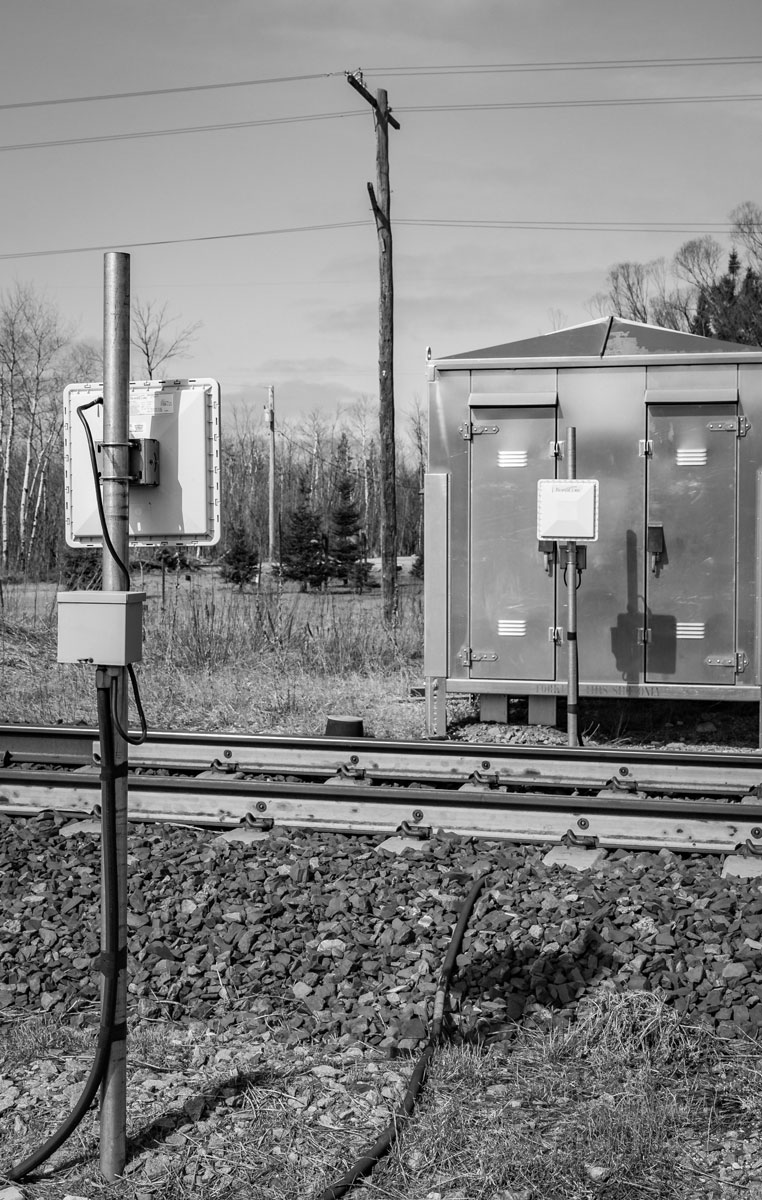
The technology is very similar to chip-enabled credit cards. The data tags are encased in a weather-resistant housing and fastened to both sides of a rail car, at a standard height. They are reprogrammable using a rail tag programmer.
The AEI data tags contain at least the following information:
-
- Car number
- Side indicator code (which side of the car the tag is on)
- Length of car (in decimeters)
- Number of axles
- Bearing type code
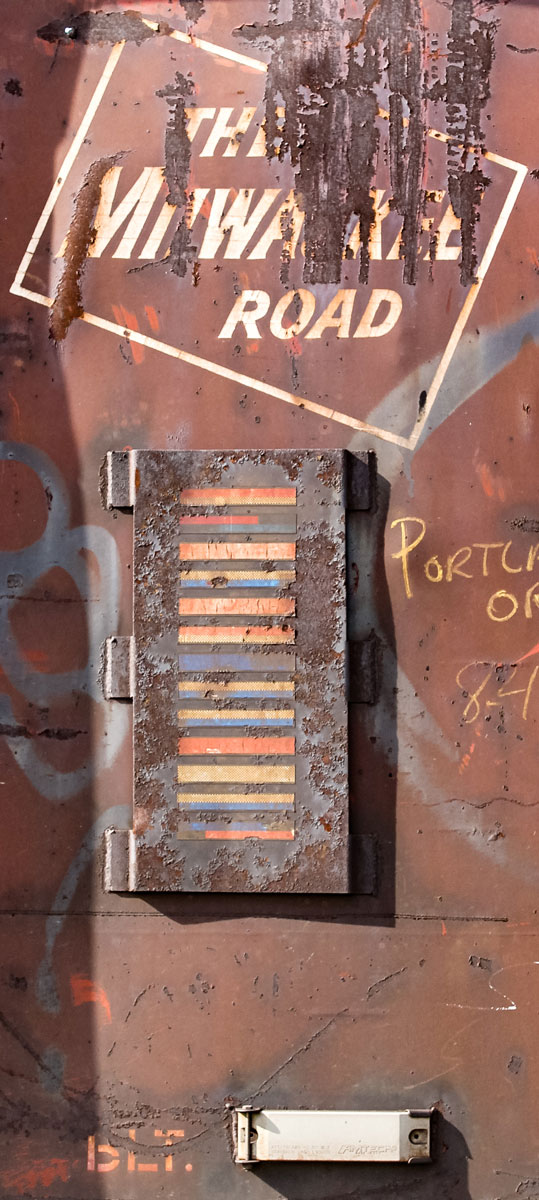
The tags have no battery and are powered by the beam from the AEI reader, just like the chip in your credit card. The reader transmits a two watt signal at approximately 915 MHz and the chip responds with a message.
The reader must be very fast as it could be reading two short freight cars per second. There is a reader on both sides of the track. There are additional circuits in the site to detect when a train is present and to count the number of wheels in the train.
Dragging Equipment Detectors
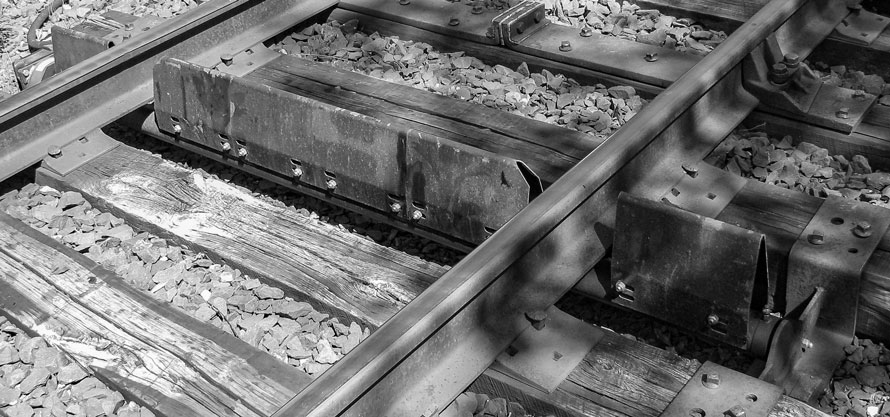
Another type of robot railfan is the dragging equipment detector. This device looks for anything hanging down from a railcar that might get caught in a switch or crossing, or damage any equipment between the rails.
Early dragging equipment detectors were essentially a wire strung between the rails that, if broken by dragging equipment, interrupted a circuit and transmitted a warning. More advanced dragging equipment detectors are on a rotating bar and can be reset after being struck.
Wheel Impact Load Detectors
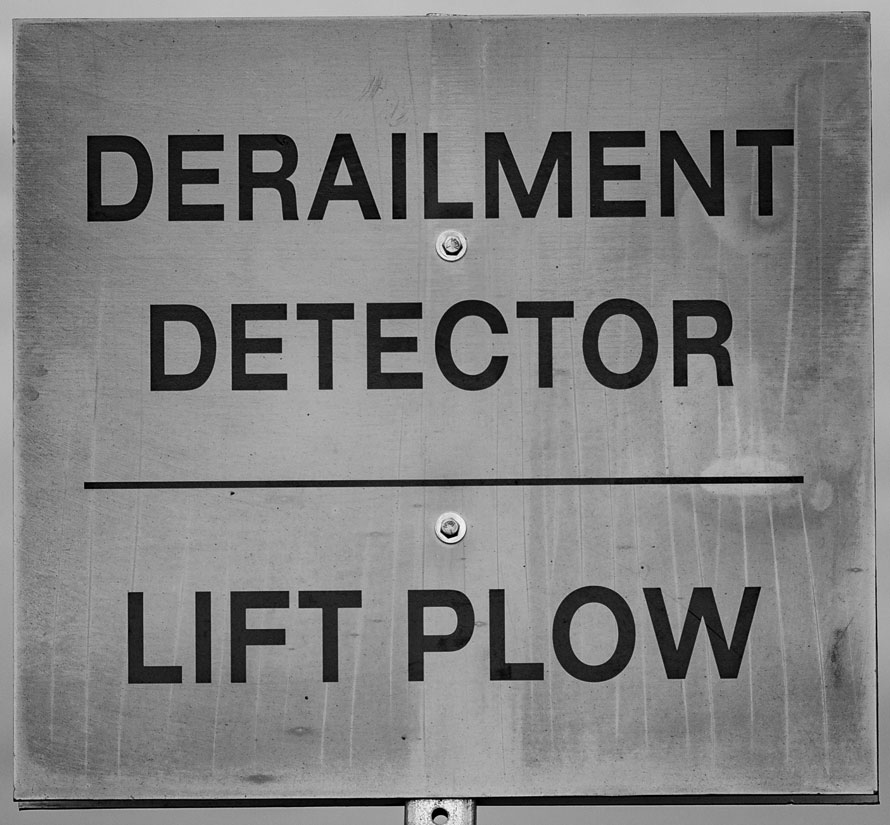
Out-of-round wheels are a big problem on the railways. Flat wheels can be caused by dragging a car with handbrakes set, or with air brakes set. Spalled or shelled wheels can also occur. Defective wheels can cause damage to track or to the car, and in extreme cases can cause derailments.
Wheel impact load detectors, or W.I.L.D., seek to identify these defects by measuring the vertical force each wheel applies to the rails. These detectors will send an alarm if a force limit is exceeded.
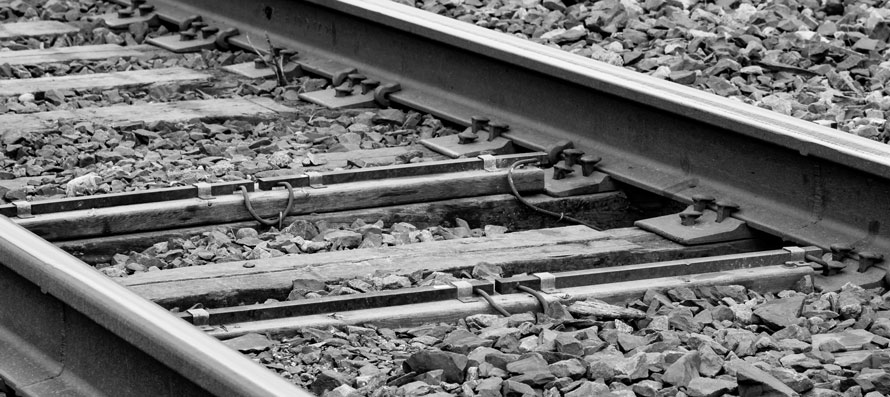
The next time you are out trackside, keep an eye out for our robot railfan friends, watching out for all of us.
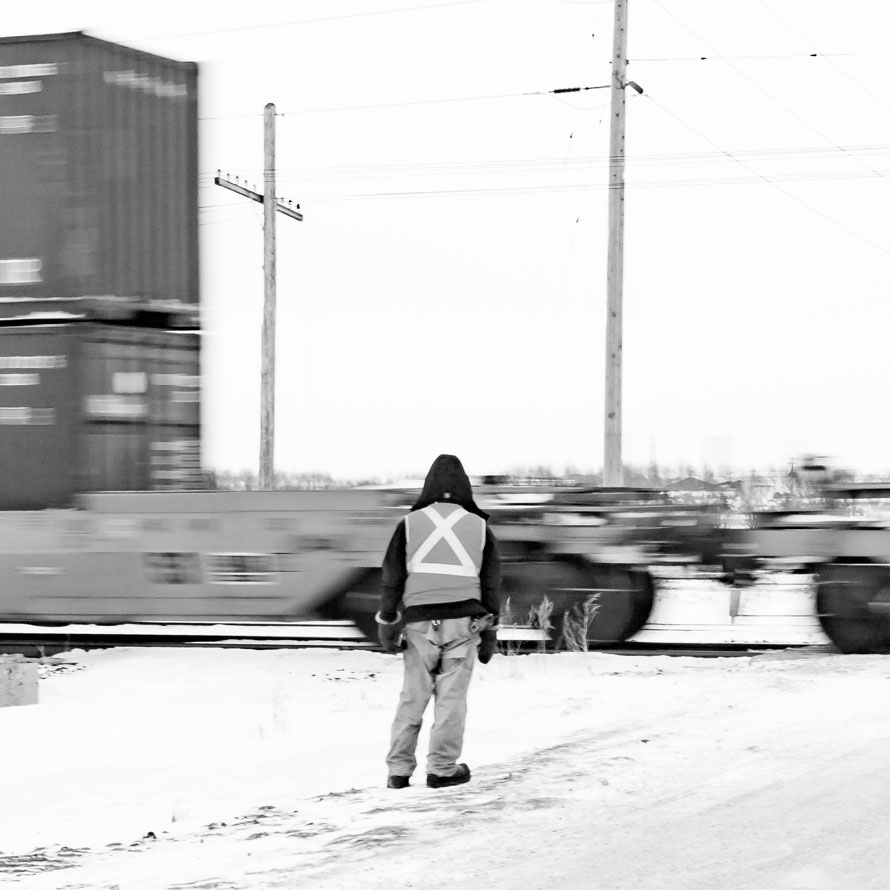
Steve Boyko – Photographs and text Copyright 2017
See more of Steve’s work at Confessions of a Train Geek and Manitoba Grain Elevators, and on Facebook and Instagram
Steve, fascinating article, thanks for a comprehensive summary.
Thanks, Bob, I’m glad you liked it!
Thanks for the article. Answered some questions I’ve had for a while.
You’re welcome, Michael! Researching it answered a couple of my own questions. 🙂
Great article and very informative.
Thank you, Fred, I’m happy you liked it.
Great information on an unusual topci. Well done!
Thanks, Bill!
Very nice presentation…from an “original transcon” rr fan. Thanks for your detailed works”